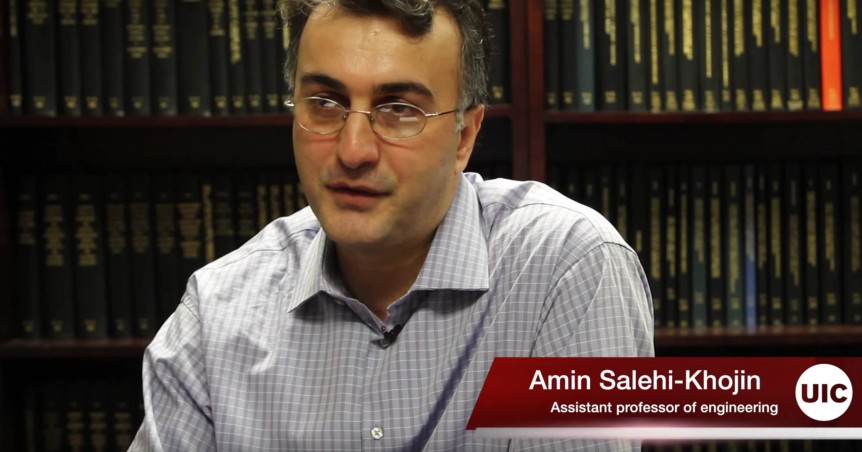A significantly large and geographically diverse group of researchers has invested a large amount of time and intellectual capital investigating superoxides, an innovative way to keep lithium-air batteries refreshed and ready for more. Groups at Argonne National Laboratory, the University of Illinois at Chicago, Hanyang University in Seoul, South Korea; the University of Utah and the University of Kentucky all contributed to the ongoing project. While still serving as U. S. Secretary of Energy, Steven Chu called on academia and industry to develop a battery five times as powerful as then available lithium cells, at one-fifth the cost of then current batteries. We may not have arrived at that ambitious goal yet, but Argonne and UIC see a possible breakthrough in making lithium-air batteries – theoretically the most energetic of lithium chemistries – into long-lasting, energy-dense energy storage units. So far, lithium air batteries have a limiting weakness, the use of lithium peroxide, something that ends up being “an insoluble …
Doubling Down on Sulfur
Lithium-sulfur batteries have been off-stage hopefuls, waiting for their chance to strut their stuff – and that time may have arrived, at least in trial performances. Researchers at the Department of WCU Energy Engineering, Hanyang University in South Korea and the Department of Chemistry at the University of Rome, Italy have “demonstrated a highly reliable lithium–sulfur battery showing cycle performance comparable to that of commercially available lithium-ion batteries while offering more than double the energy density.” The team, led by a group from Hanyang University, designed a lithium-sulfur cell using “a highly reversible dual-type sulfur cathode (solid sulfur electrode and polysulfide catholyte) and a lithiated Si/SiOx nanosphere anode.” Their paper in the ACS journal Nano Letters reported that their cell showed “superior battery performance in terms of high specific capacity, excellent charge–discharge efficiency, and remarkable cycle life,” The cell delivered ∼750 mAh g–1 over 500 cycles (85-percent of the initial capacity). Researchers suggested these “behaviors” may result from “a synergistic effect of the …

